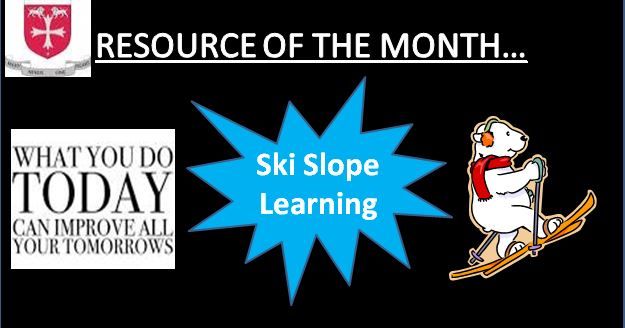This
starter is based upon asking five questions to elicit students’ previous
knowledge. It is most notably used in
English lessons to analyse a piece of text.
Four of the questions asked are generally closed answer questions – who,
what, when and where; and one generally open-ended question – why? As the students come into the classroom, have
a picture or other stimulus on the board and ask them to answer the 5 W’s
relating to the picture. One way to run
this is to ask students to draw around their hand and answer the questions in
the ‘fingers’.
In the example below I have used
this exercise to establish prior knowledge of the development of the Periodic
Table. Who started the development of
the Periodic Table? What is the Periodic
Table? When was it first developed? Where was it first developed? Why was it developed? This is an effective starter that takes no
preparation and is excellent for stimulating engagement and discussion.
By John
Pickup
















0 comments :
Post a Comment